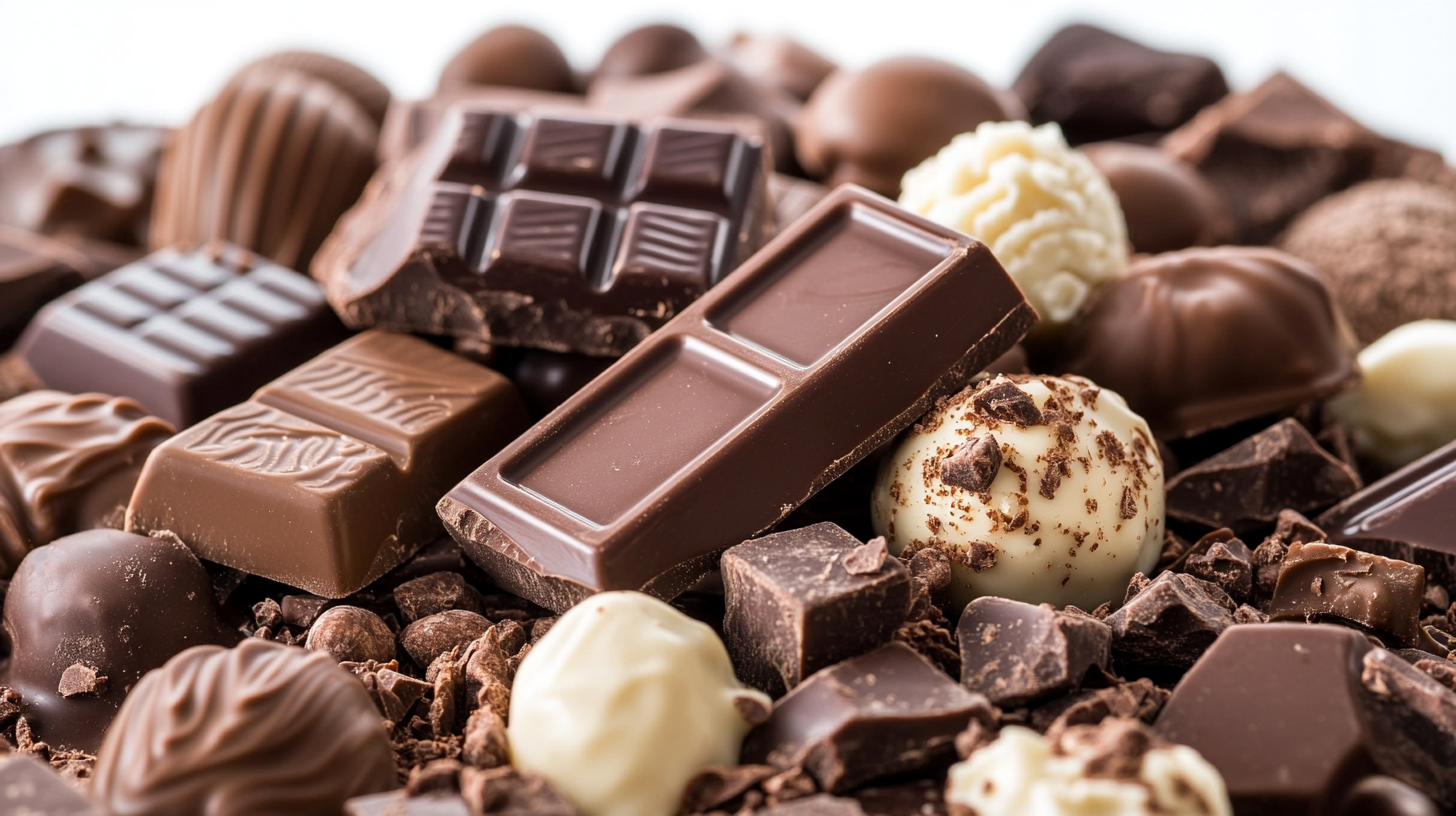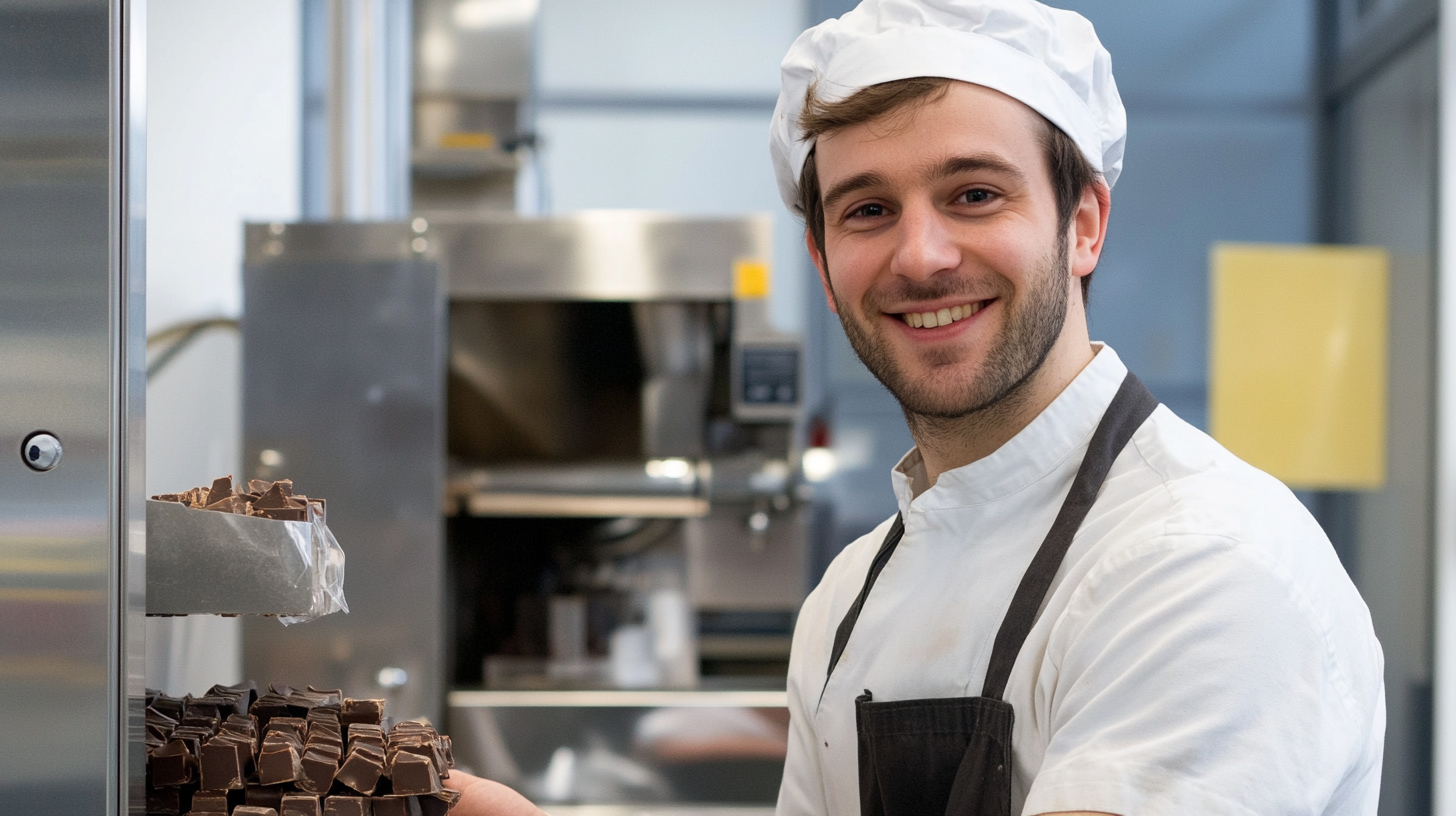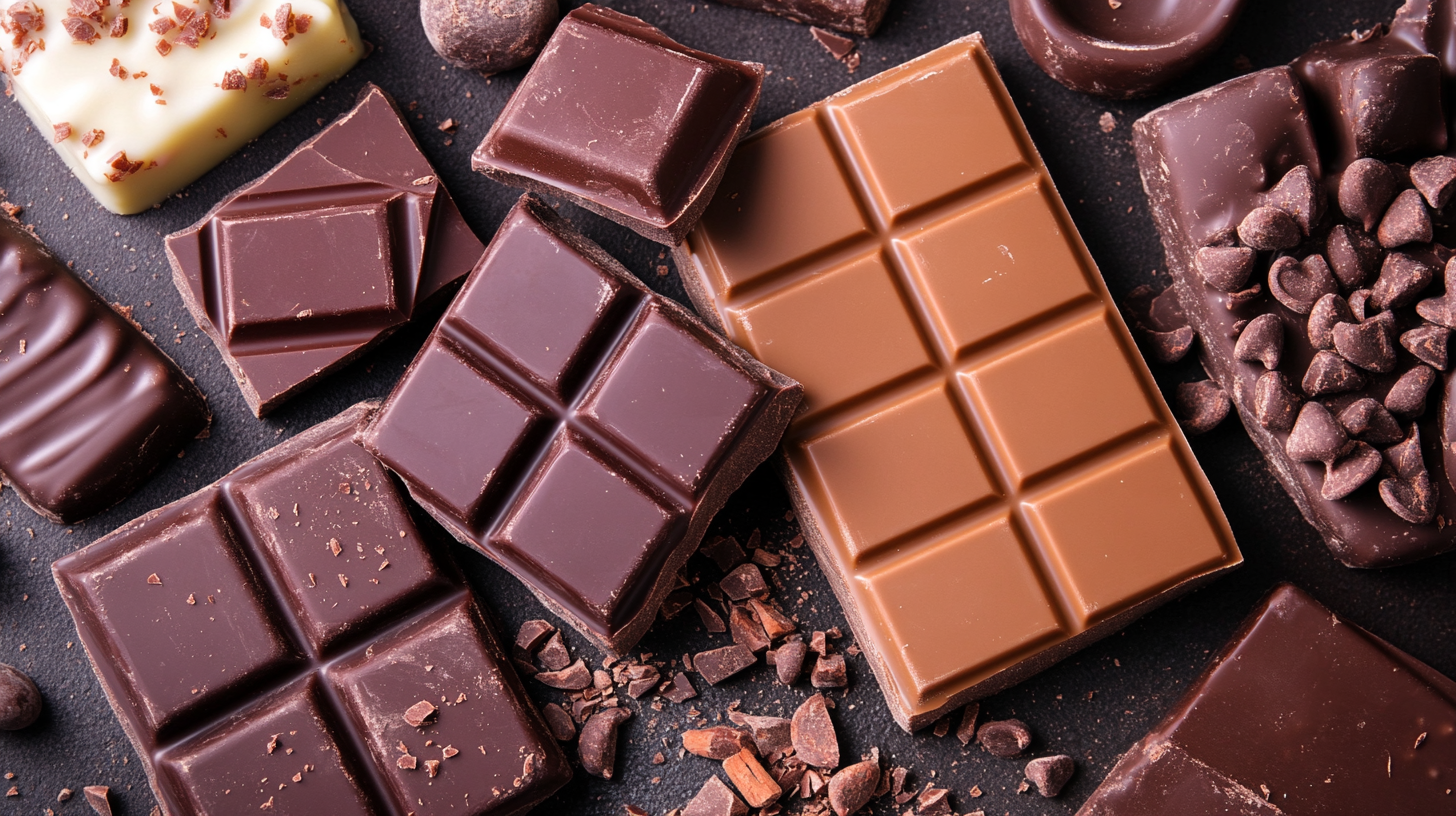Understanding the marvy complexities of these machines-temperatrici per cioccolato- is important to global buyers as demand hots-up for fine chocolate products around the world. This is important in getting the mouth-watering texture as well as the glossy shine and snap that chocolate lovers crave. With many tempering machines on the market, it becomes vital for chocolate manufacturers who produce consistent, quality premium confectionery to know all the possible features and functionalities associated with tempering machines.
Essential features of temperatrici per cioccolato are going to be discussed here. It is also going to define the different aspects each buyer should consider before buying the appropriate machine: temperature control, size, user-friendliness, maintenance, and so on, determining how much this will be able to affect the quality of chocolate produced. Whether you are a small artisanal chocolatier or a high-volume manufacturer, this guide will give you many nuggets for wise decision-making in the ever-changing chocolate industry.

Chocolate tempering machines have taken a place in the essential tool kits of artisans growing in their efforts to elevate their chocolate-making craft. They take the process of tempering chocolate away from practical and into completely automated systems, so both plasticity and luster as well as snap can be achieved while optimizing production efficiency. As it turns out, industry reports claim using a tempering machine can realize an increase in productivity of as much as 30%, allowing the artisan more time to spend on creative facets rather than fiddling with tempering constraints. Another big plus tempering machines provide is the very accurate temperature control. As in other areas of technological advancements for temperature regulation, with tempering machines advanced precision sensors are capable of detecting minute variations in temperature. Some of the new systems, for example, can respond to temperature input changes with an accuracy of 0.1°C in milliseconds, thus advance quite significantly in consistency in the texture and flavor of chocolate. The incorporation of automated systems does reduce human error and in the end contributes the quality of uniformity to finished products. Peer-reviewed studies demonstrate that tempering consistency translates to fewer defects in finished chocolate, thus, less waste of raw materials and generally higher quality products. This is evidence for a general trend in the confectionery sector, where quality control and operational efficiency go hand in hand. Investing in a chocolate tempering machine can guarantee that the artisan will be able to satisfy market demands for more refined-quality chocolates and at the same time work more easily and effectively.

The buyer's global perspective will understand broadly all the nitty-gritty features while making a choice regarding which chocolate tempering machine to pick up. Temperature control is the first feature to consider. If a machine gives temperature adjustment accuracy for smooth, even melting and cooling of chocolate, it may be said to have tempering power. Doing so would improve the flavor and texture of the chocolate, as well as contribute to the required gloss for proper presentation.
Capacity is another vital characteristic. Buyers should choose a tempering machine with the required production capacity according to their needs. Compact tempering machines may be ideal for small artisan companies, while large manufacturers might need a high-capacity machine that can process batches of great size expeditiously. The versatility of the machine should also be considered; certain models can temper confectionery besides chocolate, accommodating alternative kinds of confections and coatings.
Also, cleaning and maintenance effortlessness is another key element. A good tempering machine should disassemble easily for thorough hygiene and quick workflow operation. The use of removable tanks and dishwasher-safe parts improves machine uptime and therefore productivity. Lastly, if a user-friendly machine is in place, tempering becomes much simpler and can even be undertaken by someone with limited training in chocolate making.

It is very important to temper chocolate in the manner in which it is produced because that will retain the shiny surface of the chocolate as well as a snap when broken. Therefore, chocolate tempering machines have different purposes in the chocolate production industry. Obtain perfect chocolate results with the help of tempering machines. The typical tempering machines comprise manual, semi-automatic, and fully automated types in terms of types. The main difference usually lies in the specific manufacturing needs and the scale of production.
A manual machine is quite usually an equipment used by artisanal chocolatiers or small producers who feel that it's more critical to emphasizing craftsmanship than volume output. The use of these machines will allow them to have more control and experimentation in the tempering process when producing a unique variety of chocolates, whereas semi-automatic machines are not completely manually operated or completely automated; hence, they are quite popular among medium-scale operations because they offer control to the user and also make the tempering process extremely efficient.
On the other hand, fully automatic tempering machines work on a large scale, where the counts for a consistent level and quantity are quite an aspect to address. As per an emerging market research analysis report released by Grand View Research, the chocolate processing machinery market will surge to a whopping USD 4.56 billion by the year 2025 and tempering machines will play a crucial role in this boom. They meaningfully contribute to outstanding optimization brought through advanced manufacturing systems and reduction in human errors so that every batch of chocolate satisfies the demanding consumer standards expected of them. The design and technology of any such machine have a great extent on how well the tempering process can be done, indicating the need to select the right ones according to the specific producer needs and scale of operation.

Maintenance and upkeep of chocolate tempering machines rank high among the key considerations for their longevity and performance. Properly planned maintenance schedules extend the life of the machine and keep the quality of chocolate consistent under varying conditions, which is of utmost importance to any chocolatier or confectionery business. One essential practice involves cleaning the machine thoroughly after each use. Residual chocolate could lead to clogs and uneven temperatures if not completely removed. Cleaning the machine with food-grade cleaning solutions as per the manufacturer's instructions will keep it in good shape.
Another area of maintenance is periodic checks and calibrations. Correctly-equalized temperature settings ensure desirable extended workability and sheen for the chocolate. Buyers should pay attention to the irregular operating performance of the machine in any manner frequently and rectify the issue without delay. They should also check the heating elements and sensors for irregular wear to prevent the creation of longer-term issues that may prove to be expensive to repair or replace. Being proactive in machine maintenance will save both the operator's time and money while ensuring he gets beautiful tempered chocolate every time.
Investing in good-quality chocolate tempering machines comes with the responsibility of their maintenance. It will be wise to follow the maintenance recommendations mentioned in the manufacture's manual furnished with the equipment. Most manufacturers will guide the best maintenance practices for their machines, including lubrication points and cleaning schedules. By following these guidelines, chocolate makers will ensure that the tempering machines operate smoothly and efficiently for years to come.
It is necessary to make a comparative analysis of all these machines for chocolate tempering in the market. Each machine has its own specifications for different needing and different levels of production. For example, their differentiation sizes and capacity also differ among the machines. While small artisanal operations will choose small models for movement and portability, larger industries would invest in larger machinery with large capacity for volume production.
Another important feature to consider is the temperature control system. Temperature control is the most critical part in chocolate tempering because it determines the texture and shine of a finished product. Much modern machinery is equipped with advanced digital displays and programmable settings for better operator control of the entire tempering process in the production of the products. With the automated function feature, the machine can run without excessive human intervention, increasing production speed while reducing the chances of error.
Finally, global buyers consider very important areas of maintenance and cleaning. It saves time and effort as well as adheres to hygiene standards with machines having detachable components and using user-friendly affairs. Buyers can have knowledge of these key features to have the right chocolate tempering machine suitable for the manufacturing tasks hence impacting the quality of the finished chocolate products.
Utilizziamo i cookie per migliorare l'esperienza utente. Per maggiori informazioni, consulta la nostra Cookie Policy.